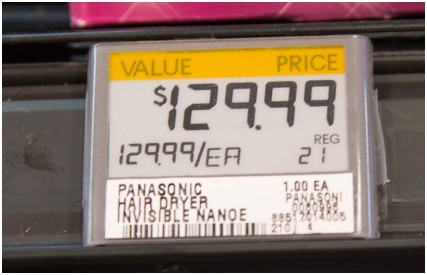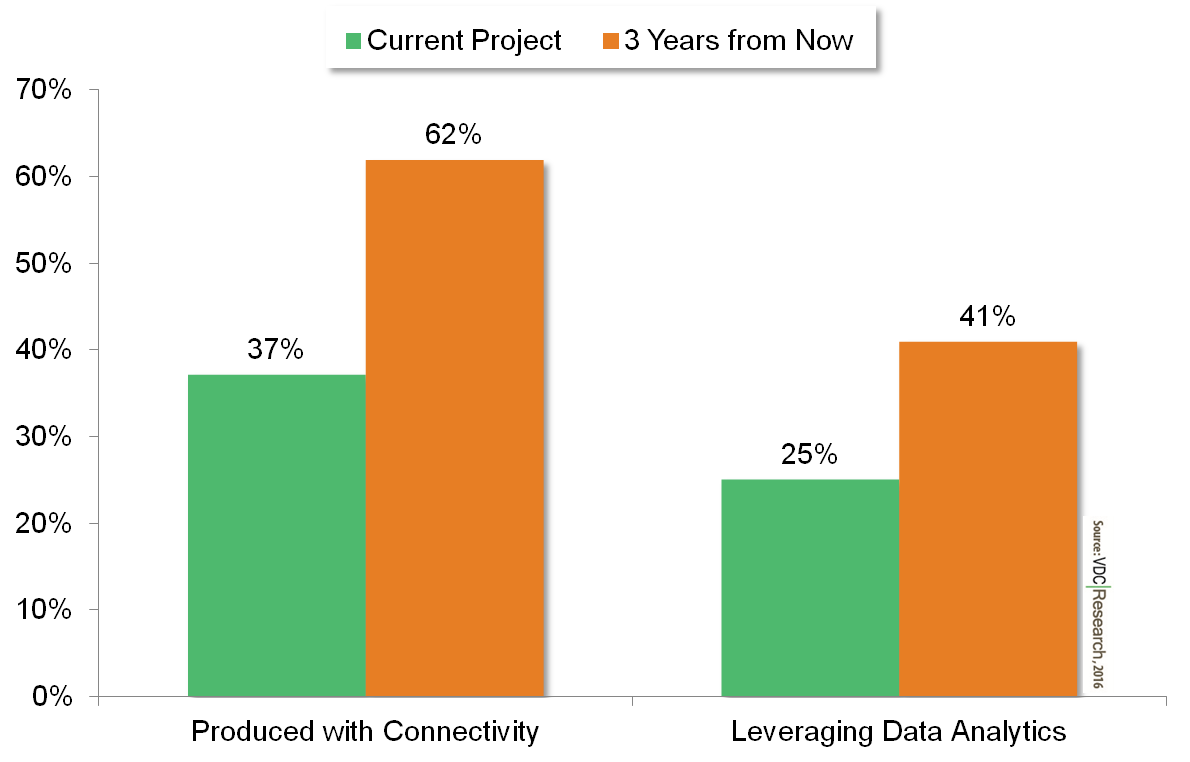IoT & Embedded Technology Blog
Shopping with IoT: Retailers Leverage New Technology to Restock and Reshelve
by Jessica Lee, with Steve Hoffenberg
As the Internet of Things continues to revolutionize the way we interact with the devices around us, some of the most forward-thinking organizations are taking note of the many ways in which the IoT can be effectively used to change the consumer experience. Major retailers are working with vendors, such as Intel and Panasonic, to tackle the competitive pressures of the ever-changing retail industry. With new IoT devices that can track inventory across the supply chain, connect the backroom to store shelves, and deliver personalized in-store assistance to customers, retailers are finding opportunities for growth by utilizing new data flows.
One of the most widespread examples of IoT in retail automation is the use of Radio Frequency Identification (RFID) smart tags. Major retailers, such as Levi Strauss and Co., are working with Intel to integrate their Retail Sensor Platform into popular stores. Using 21 ultra-high frequency RFID readers, which are connected to Intel’s Gateway device and Smartrac’s software, Levi’s Plaza store in San Francisco can now monitor clothes throughout every step of the supply chain. The tracking system enables insight into inventory issues such as understocked items or late shipments. It also provides guidance on optimal store layout to help merchandise planners maximize the value of their display space. By tracking the process of certain merchandise as it makes its way throughout the store using Intel’s technology, store managers are able to predict what needs to be in stock and when, in real-time.
Retailers such as Whole Foods and Kroger have also been piloting the use of IoT in grocery markets across the country. Whole Foods is working with Panasonic to incorporate Powershelf technology into its stores. The digital shelf, which was introduced in January 2015, is unique in that it is the first fully-integrated retail solution that does not require wires or batteries. By using inductive coupling technology, Powershelf is able to electronically update prices without battery replacement. Additionally, by using weight sensors, the shelves are capable of notifying store members when they need to restock empty shelves. Powershelf can also send location-specific mobile advertisements to customers, using the shelves’ Bluetooth Low Energy (BLE) functionality in coordination with beacons located throughout the store.

A Panasonic Powershelf display.
Although many major retailers have already begun to deploy IoT solutions in their stores in one way or another, there is still room for IoT technologies in retail to grow. In a recent VDC survey, 37% of embedded retail automation engineers indicated that their current project uses some form of connectivity, and over 60% expected a similar project in 3 years to include connectivity. Usage of data analytics was slightly less prevalent, but 40% of the same surveyed engineers expected to use analytics on a similar project in 2018.
Prevalence of Embedded Connectivity and Data Analytics in Retail Automation Projects

Source: 2015 VDC Embedded Engineer Survey
Despite the growing popularity of IoT technologies, retailers still face many challenges when integrating these devices into their stores. One of the biggest challenges is the privacy of collected data. With beacons and sensors that can track the movement of every customer as they walk through a store, consumers have expressed concerns regarding what types of information are actually being recorded, and who should have access to potentially sensitive data. Because there is no option to opt out of being recorded upon entering these stores, customers will need to trust retailers with potentially sensitive information when entering a store. Another concern for retailers is the limited selection of existing solutions, which may be cost-prohibitive.
Nonetheless, as the demand for IoT technologies in retail continues to grow, more vendors are joining in the IoT movement. An interesting area for the future of IoT in retail automation is the deployment of smart robots in large stores such as Target and Best Buy. Target has piloted the use of their smart robot Tally, which has the capability to travel up and down aisles and take inventory. Best Buy has also taken steps to integrate their robot Chloe, which can bring products to customers upon request, minimizing the inconveniences associated with shopping in-store.
Although these big name retailers have already begun to integrate robots in-store, there is still substantial room for IoT technologies to be deployed in all stages of the supply chain in the future. As IoT technologies continue to make their way into retail automation, their capabilities will transform the way consumers shop.
View the 2017 IoT & Embedded Technology Research Outline to learn more.